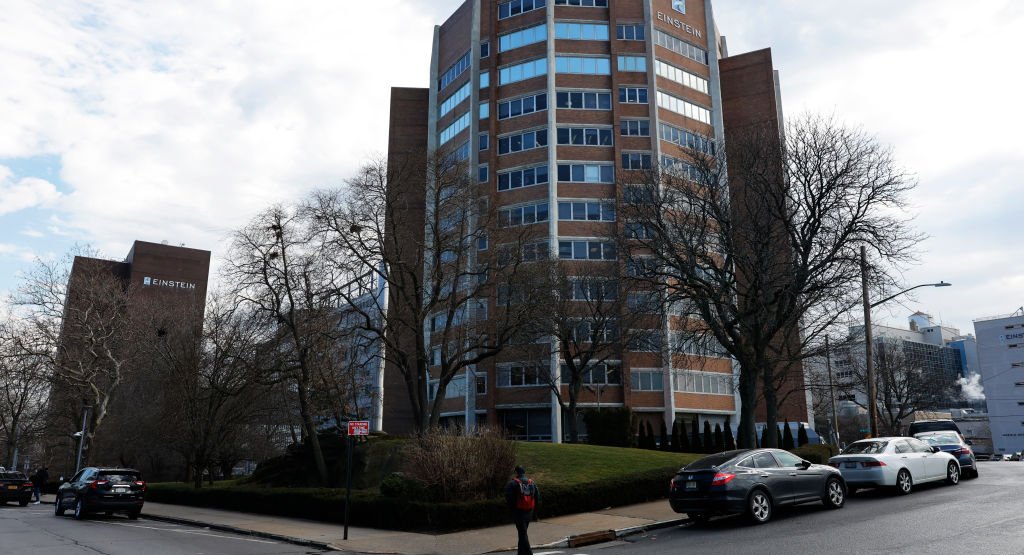The City Council has approved a rezoning plan for an area of the East Bronx to facilitate the creation of thousands of new homes amid an affordability crisis afflicting all five of New York’s boroughs.
The Bronx Metro North rezoning will allow roughly 7,000 new housing units around two of the new Metro North stations that are poised to open in the borough’s eastern stretch in 2027. A portion would be permanently restricted to residents who fall under certain income requirements, meant to ensure the units are affordable.
The plan, approved on Thursday and championed by Mayor Eric Adams, is being touted as the most sweeping change of its kind to come in years, rivaling Mayor Bill de Blasio’s rezoning of Gowanus in 2021.
But how exactly would it change things for East Bronx residents, and what does it have to do with the mayor’s City of Yes housing proposal, a separate, citywide plan that faces a steeper climb in the Council?
Here’s what you need to know about the Bronx rezoning:
What does the plan do?
The plan overhauls zoning rules in a stretch of the East Bronx that will surround two new Metro North stations planned for the next couple of years. Most of the zoning changes are in the Morris Park, Parkchester and Van Nest neighborhoods, and a portion of the anticipated new units will have income restrictions that would designate them affordable under city rules.
Under the city’s mandatory inclusionary housing policy — which requires developers who benefit from a zoning change to carve out a certain percentage of income-restricted, permanently affordable units — 1,700 of the anticipated 7,000 units would fall in that category.
The bulk of zoning changes will be in Councilmember Kristy Marmorato’s district, while stretching into Councilmembers Amanda Farías’ and Rafael Salamanca’s districts.
The zoning changes are also accompanied by nearly $500 million in infrastructure upgrades in three Council districts, spending city lawmakers negotiated with Mayor Adams’ administration. The largest pools of funding will go toward streetscape improvements like new sidewalks and additional lighting, as well as sewer work and similar improvements. Another large portion of the funding will go toward park and outdoor space upgrades.
When will residents start to see changes?
Not for some time. The new Metro North stations — born out of a different state plan to bolster transit in the area — aren’t expected until 2027.
Speaker Adrienne Adams said before the Council vote that the Bronx rezoning will usher in massive structural changes that will “take a while to happen.”
“We’re talking about 7,000 units. We’re talking about a lot of other amenities, and a major, major facelift to three districts in the Bronx,” she told reporters at City Hall Thursday. “We may not see as much as we need to see in the immediate future, but certainly this is going to address the larger scale need for housing — and more housing — in the city of New York, particularly in those three districts.”
What does it have to do with the mayor’s ‘City of Yes’ plan?
The Bronx plan is Mayor Adams’ first successful neighborhood-level rezoning since becoming mayor. His separate City of Yes for Housing Opportunity proposal seeks to change the zoning footprint citywide, but both speak to his goal of boosting the city’s housing supply.
“The desire to create housing is coming from the top,” City Planning Commission Chair Dan Garodnick said in an interview. “The mayor has made it very clear that he wants us to take a bite out of this crisis. So thematically, yes, they are connected.”
Mayor Adams celebrated the Bronx rezoning’s passage in a statement and cast it in the light of his broader ambitions for housing.
“With our administration’s neighborhoods plans and our ‘City of Yes’ proposal, we have a once-in-a-generation opportunity to build our way out of this housing shortage and affordability crisis,” the mayor said Thursday.
The ‘City of Yes’ program has drawn more public backlash, particularly in outer borough areas objecting to the elimination of parking accommodations in new construction where public transportation options are lacking.
Several councilmembers have amplified their communities’ outcry over the mayor’s plan, which is expected to be up for Council review before the end of the year.
When asked if the push to create more housing would only become more difficult once City of Yes came into Council review, Speaker Adams said it was hard to draw conclusions at this point.
“The City of Yes proposal is very vast, it’s wide and it’s particular for every district in the city of New York, so it’s a little bit different” from the Bronx rezoning, the speaker said. “The Council is going to examine and negotiate every application on its individual merit.”
What’s next for neighborhood rezonings?
Four other proposed neighborhood-level rezonings are underway: on the south side of Midtown Manhattan, in Jamaica and Long Island City, Queens, and along Atlantic Avenue in Brooklyn. Mayor Adams’ administration is aiming to get those to Council review before the end of 2025.
